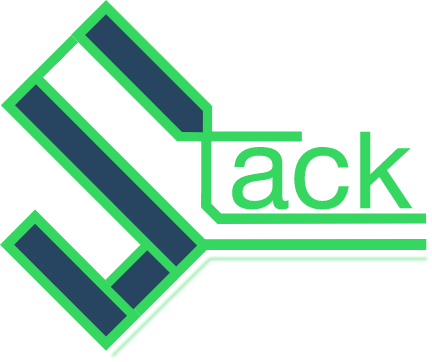
As platform engineering professionals, we are constantly on the lookout for ways to streamline our workflows, enhance collaboration, and boost productivity. One of the most promising solutions emerging in the tech space today is the Internal Developer Portal (IDP). In this article, we’ll explore what IDPs are, their benefits, key features, implementation best practices, and future trends. Let’s dive in!
What are Internal Developer Portals?
Internal Developer Portals are centralized, self-service platforms that provide developers with a single interface to access all the tools, services, documentation, and resources they need for their daily work. Think of an IDP as a digital one-stop-shop for developers, offering everything from infrastructure provisioning to API documentation, all tailored to an organization’s specific needs and workflows.
The Rise of IDPs
In recent years, the complexity of development environments has increased significantly. As a result, the need for a unified platform to manage these complexities has become crucial. Internal Developer Portals have gained traction as they address this need by simplifying access to resources and fostering a more organised workflow.
According to Gartner, by 2026, 80% of software engineering organizations will establish platform teams as internal providers of reusable services, components, and tools for application delivery. IDPs are at the heart of this shift, serving as the interface between platform teams and developers.
Key Components of an Internal Developer Portal
- Self-Service Catalog: A comprehensive list of all internal services, APIs, and resources available to developers.
- Infrastructure-as-Code Templates: Pre-approved, standardized templates for quick provisioning of development environments.
- CI/CD Pipeline Management: Interfaces for managing and monitoring continuous integration and deployment pipelines.
- API Documentation: Centralized, up-to-date documentation for all internal and external APIs.
- Monitoring and Observability Tools: Integrated tools for monitoring application performance and health.
- Knowledge Base: A searchable repository of best practices, guides, and FAQs.
Real-World Examples
Companies like Spotify and Airbnb have successfully implemented Internal Developer Portals, resulting in significant improvements in their development processes. These success stories highlight the transformative potential of IDPs, showcasing how they can lead to enhanced productivity and collaboration.
- Spotify: Spotify’s developer portal, Backstage, has become a crucial part of their development process. It centralizes all their tools, services, and documentation, making it easier for developers to manage their work and collaborate effectively. The success of Backstage has led Spotify to open-source the platform, allowing other companies to benefit from its capabilities.
- Airbnb: Airbnb has also embraced the concept of an Internal Developer Portal. Their portal streamlines the onboarding process for new developers, providing them with all the necessary tools and documentation in one place. This has significantly reduced the time it takes for new hires to become productive members of the team.
Best Practices for Implementing an IDP
- Start Small and Iterate: Begin with a minimum viable product and expand based on user feedback.
- Prioritize User Experience: Design the portal with developers’ needs at the forefront.
- Foster a Culture of Self-Service: Encourage and educate teams on utilizing the IDP effectively.
- Continuous Improvement: Regularly gather feedback and update the portal to meet evolving needs.
- Secure Executive Buy-In: Ensure leadership understands the long-term benefits of investing in an IDP.
Benefits for Developers
- Reduced Context Switching: Everything a developer needs is accessible from a single interface.
- Self-Service Capabilities: Developers can provision resources and access tools without waiting for approvals or assistance.
- Standardized Workflows: Consistent processes across projects reduce errors and improve efficiency.
- Improved Onboarding: New team members can quickly familiarize themselves with available tools and resources.
- Enhanced Collaboration: Centralized information facilitates better communication between teams.

The Future of IDPs
As technology evolves, so too will Internal Developer Portals. We anticipate several exciting trends:
- AI-Assisted Development: Integration of AI to suggest optimal resources and workflows.
- Advanced Analytics: Deeper insights into team performance and resource utilization.
- Low-Code Integration: Incorporation of low-code tools to accelerate development for certain tasks.
- Enhanced Collaboration Features: More robust tools for team communication and project management.
- Automated Governance: AI-driven checks for compliance and best practices adherence.
Internal Developer Portals represent a significant leap forward in Platform Engineering. By centralizing resources, streamlining workflows, and encouraging a culture of self-service, IDPs are helping organizations release new levels of developer productivity and innovation.
At Stack Digital, we’re committed to helping businesses implement this frontier. Whether you’re just starting your IDP journey or looking to optimize an existing portal, our team of experts is here to guide you every step of the way.
Contact Stack Digital today at hello@gostack.co.in to learn how we can tailor an IDP solution to your organization’s unique needs.


 July 2, 2024
July 2, 2024  Read More
Read More